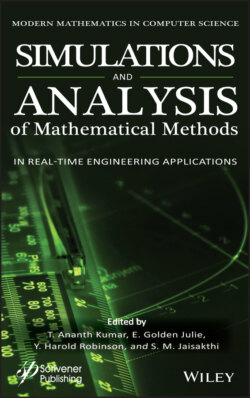Читать книгу Simulation and Analysis of Mathematical Methods in Real-Time Engineering Applications - Группа авторов - Страница 24
1.3 Mathematical Models and Covid-19
ОглавлениеThe compartmental models are divided into different groups depending on the essence of the disease and its pattern of spread:
1 Susceptible-Infected-Recovered (SIR): This model divides the N-size population into three epidemiological overview subpopulations; Susceptible, Contaminated and Recovered, represented respectively by variables S, I and R. It is also possible to add birth, mortality and vaccination rates to this model. Individuals in the susceptible class are born. Infected individuals transmit the disease to susceptible individuals and stay in the infected class (the infected period) and individuals are believed to be resistant to life in the recovered class.
2 Susceptible-Exposed-Infected-Recovered (SEIR): This model divides the N-size population into four epidemiological overview subpopulations; Prone, Exposed, Contaminated, and Recovered, represented respectively by variables S, E, I, and R. In this model, birth rate, death rate, and vaccination rate, if known/applicable, can also be considered. For a disease where there is a substantial post-infection incubation period in which an infected person is not yet infectious, this is an acceptable model.
3 Susceptible-Infected-Susceptible (SIS): Some diseases, such as those caused by the common cold, do not have long-lasting immunity. Upon recovery from infection, certain infections do not have immunisation and individuals become susceptible again.
4 Susceptible-Exposed-Infected-Susceptible (SEIS): When there is no immunity to the pathogen, this model can be used (implying that the R class would be zero). Tuberculosis can be an instance of this model [12].
